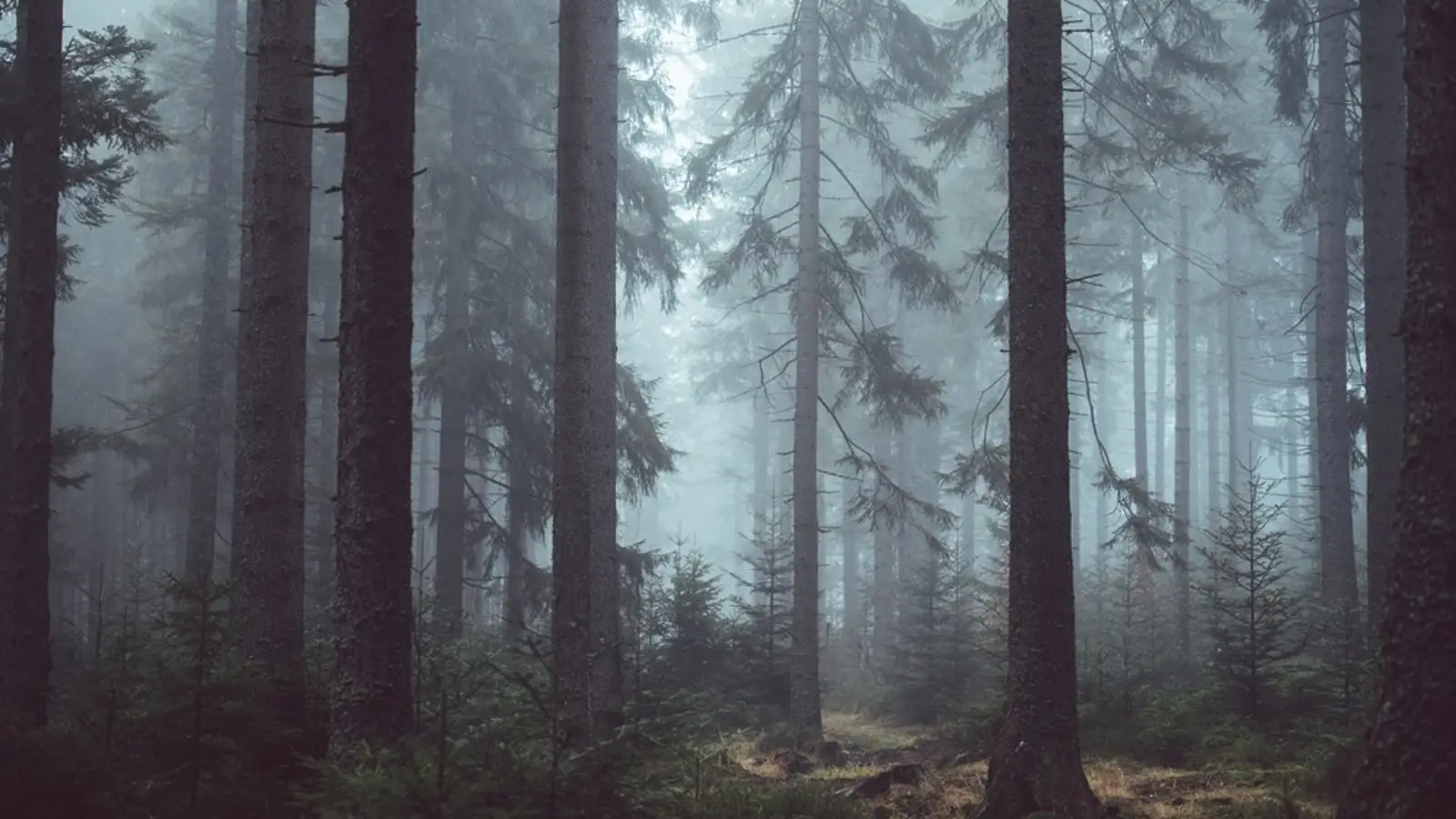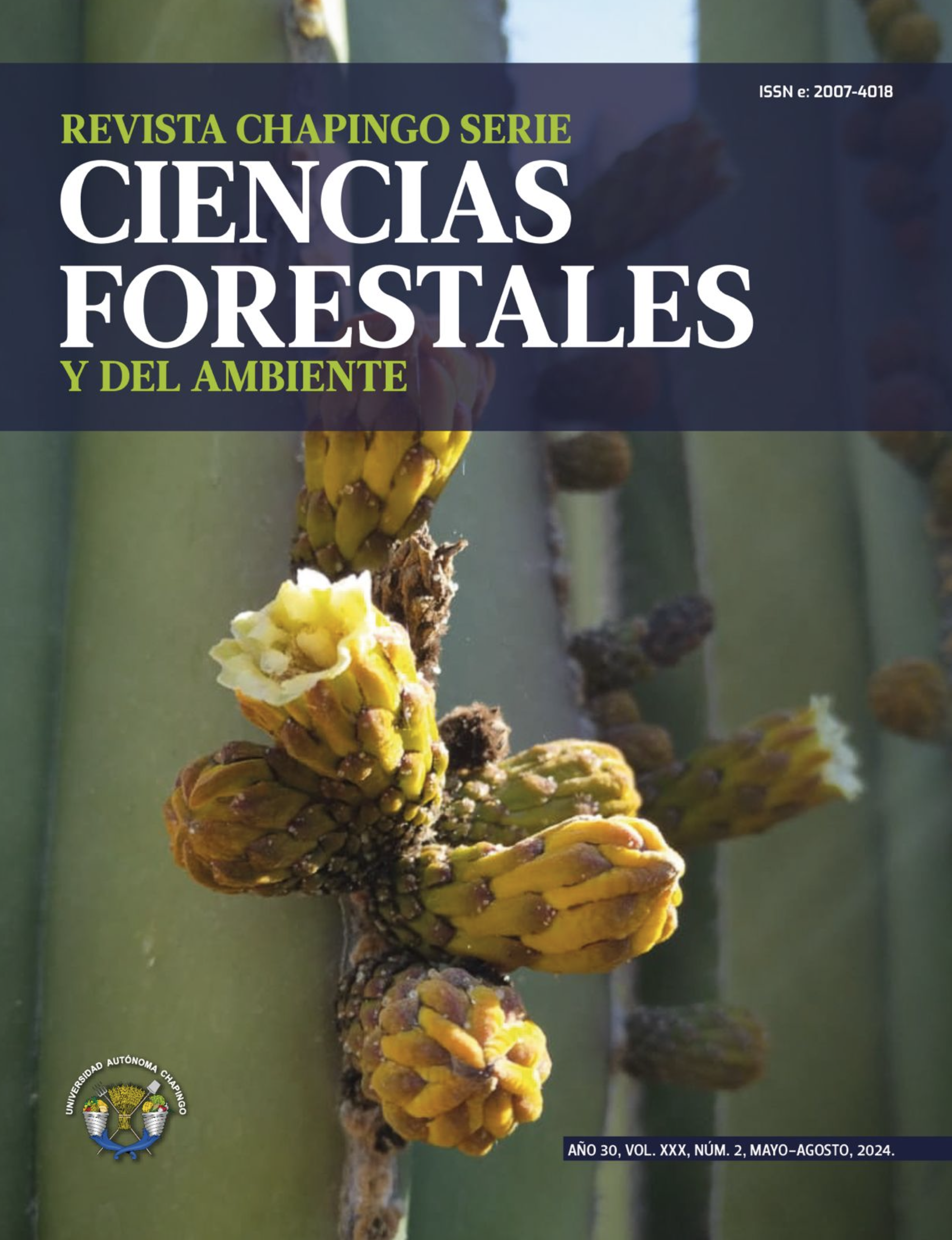Número actual
Vol. 30 Núm. 2 (2024)
Publicado marzo 22, 2024
La Revista Chapingo Serie Ciencias Forestales y del Ambiente es una revista científica que tiene como objetivo dar a conocer productos de investigación de alta calidad relacionados con los ambientes forestales, áridos, templados y tropicales en el mundo.
Artículos científicos
páginas 1-17
páginas 1-16




